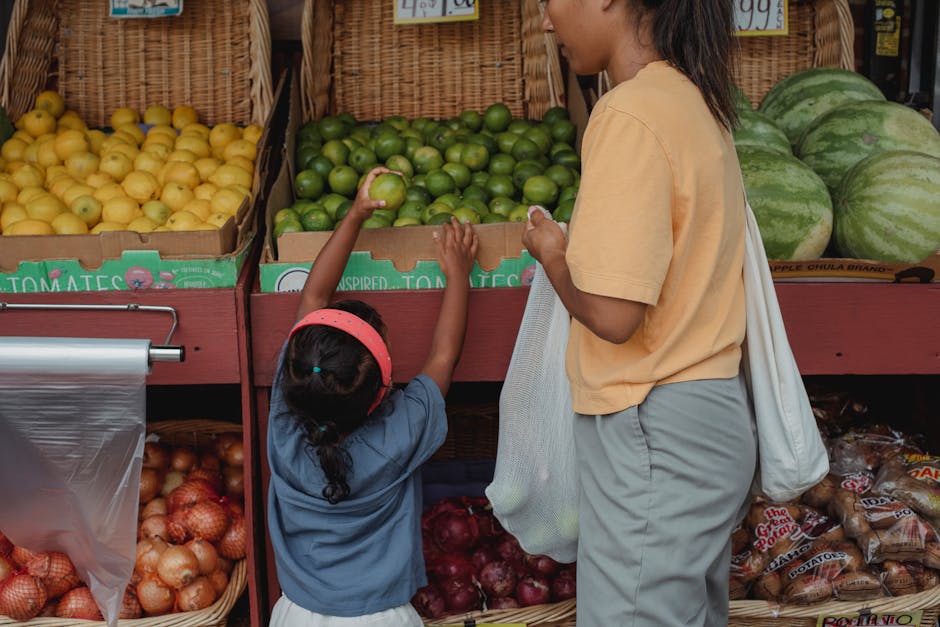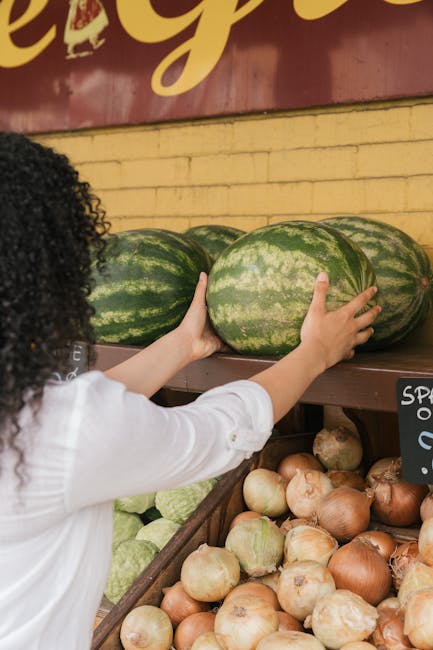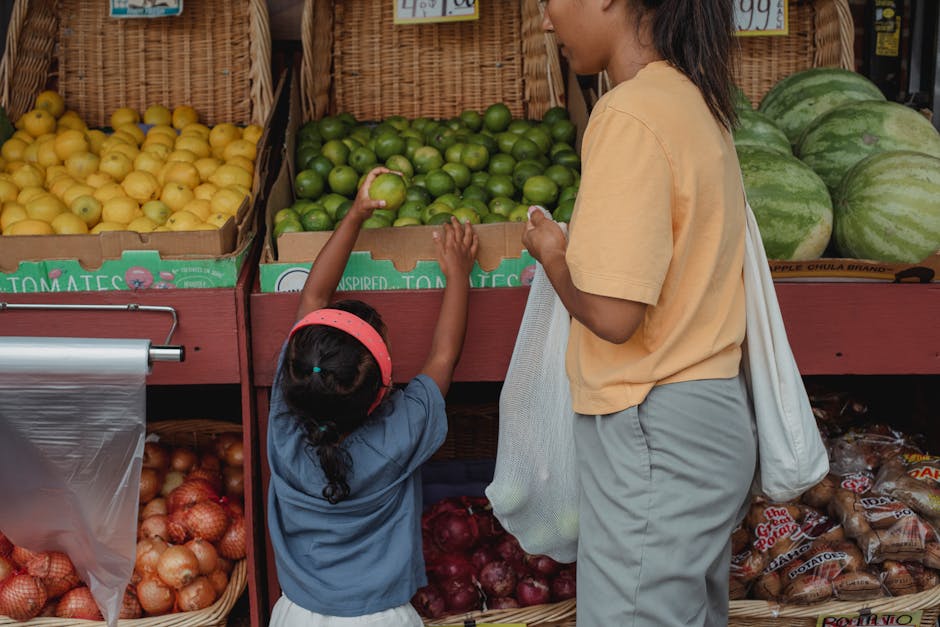How to Pick a Perfect Watermelon: The Ultimate Guide to Choosing the Sweetest, Ripest Melon
Summer’s bounty is almost synonymous with the juicy sweetness of a perfectly ripe watermelon. But navigating the seemingly endless rows of green orbs at the farmer’s market or grocery store can be daunting. Picking a watermelon that’s both delicious and free of hidden blemishes requires a bit of know-how. This comprehensive guide will equip you with the skills to select the sweetest, most succulent watermelon every time.

Understanding Watermelon Maturity
Before we delve into the selection process, it’s crucial to understand what makes a watermelon ripe. Unlike many fruits that continue to ripen after picking, watermelons reach their peak sweetness on the vine. Picking a watermelon at its optimal maturity is key to a truly satisfying experience.
Signs of Ripe Watermelon: What to Look For
- Field Spot: Look for a creamy yellow or yellowish-orange patch on one side of the watermelon. This is the field spot, the area that rested on the ground and received the most sun. A pale or white field spot indicates the melon was likely picked too early.
- Deep Color: The rind should be a rich, deep color consistent with the variety. Avoid watermelons with pale or dull coloring.
- Dry Stem: A dry, brown stem is a good indicator of ripeness. If the stem is still green and attached, it’s probably not ready.
- Weight: A ripe watermelon will feel heavy for its size. Pick it up and compare it to similar-sized melons—the heavier one is generally the better choice.
- Sound: Gently thump the watermelon. A deep, hollow sound usually suggests ripeness. A dull thud might indicate that the melon is underripe or overripe. This method is subjective and less reliable than the others.
- Texture: The rind should feel firm and smooth, not soft or squishy. Avoid any melons with cracks, cuts, or bruises.
Avoiding Common Mistakes
Even with all the right knowledge, it’s easy to fall into common watermelon-picking traps. Here are some mistakes to avoid:

- Relying solely on size: While size can be an indicator, it’s not a definitive measure of ripeness. A large watermelon can be underripe, and a smaller one can be perfectly ripe.
- Ignoring the field spot: This is a critical indicator of ripeness and often overlooked. Don’t dismiss it!
- Choosing melons with blemishes: While minor imperfections are acceptable, significant cuts, cracks, or soft spots indicate possible spoilage.
- Ignoring the stem: A green stem is a clear signal that the melon is not ripe. Don’t pick melons with green stems.
Different Watermelon Varieties
Knowing the characteristics of different watermelon varieties can also improve your selection process. Some varieties have unique coloring, shapes, or sizes, which can affect your judgment of ripeness.
Popular Watermelon Types
- Seedless Watermelons: These are usually slightly more expensive but offer the convenience of seedless enjoyment. The same selection criteria apply.
- Crimson Sweet: Known for its deep red flesh and sweet flavor. These typically have a dark green rind.
- Yellow Watermelons: These feature a yellow or pale rind and sweet, yellow flesh. Their selection criteria are similar to traditional watermelons.
- Orangeglo Watermelons: These varieties boast a rich, orange flesh with a sweet flavor.
Beyond the Basics: Additional Tips
Here are a few extra tips to help you refine your watermelon-picking skills:
- Shop at reputable sources: Farmer’s markets and reputable grocery stores are more likely to have high-quality, fresh watermelons.
- Check for pests and diseases: Avoid any melons with signs of insect damage or disease.
- Consider the season: Watermelons are a seasonal fruit, and their quality can vary throughout the season. Buy them during peak season for the best taste.
- Don’t be afraid to ask for help: If you’re unsure, don’t hesitate to ask a farmer or grocery store employee for assistance. They often have expertise in selecting ripe produce.
Storing Your Watermelon
Once you’ve found the perfect watermelon, proper storage is key to maintaining its freshness and deliciousness. A cut watermelon should be refrigerated to prevent spoilage. A whole, uncut watermelon can be stored at room temperature for a few days, but refrigeration will extend its shelf life.

Conclusion: Your Guide to Watermelon Perfection
Choosing a ripe, juicy watermelon is a rewarding experience, and with this guide, you’ll be able to select the perfect melon every time. By paying attention to the field spot, weight, color, and stem, you can confidently choose a watermelon that will provide a sweet and refreshing treat.

